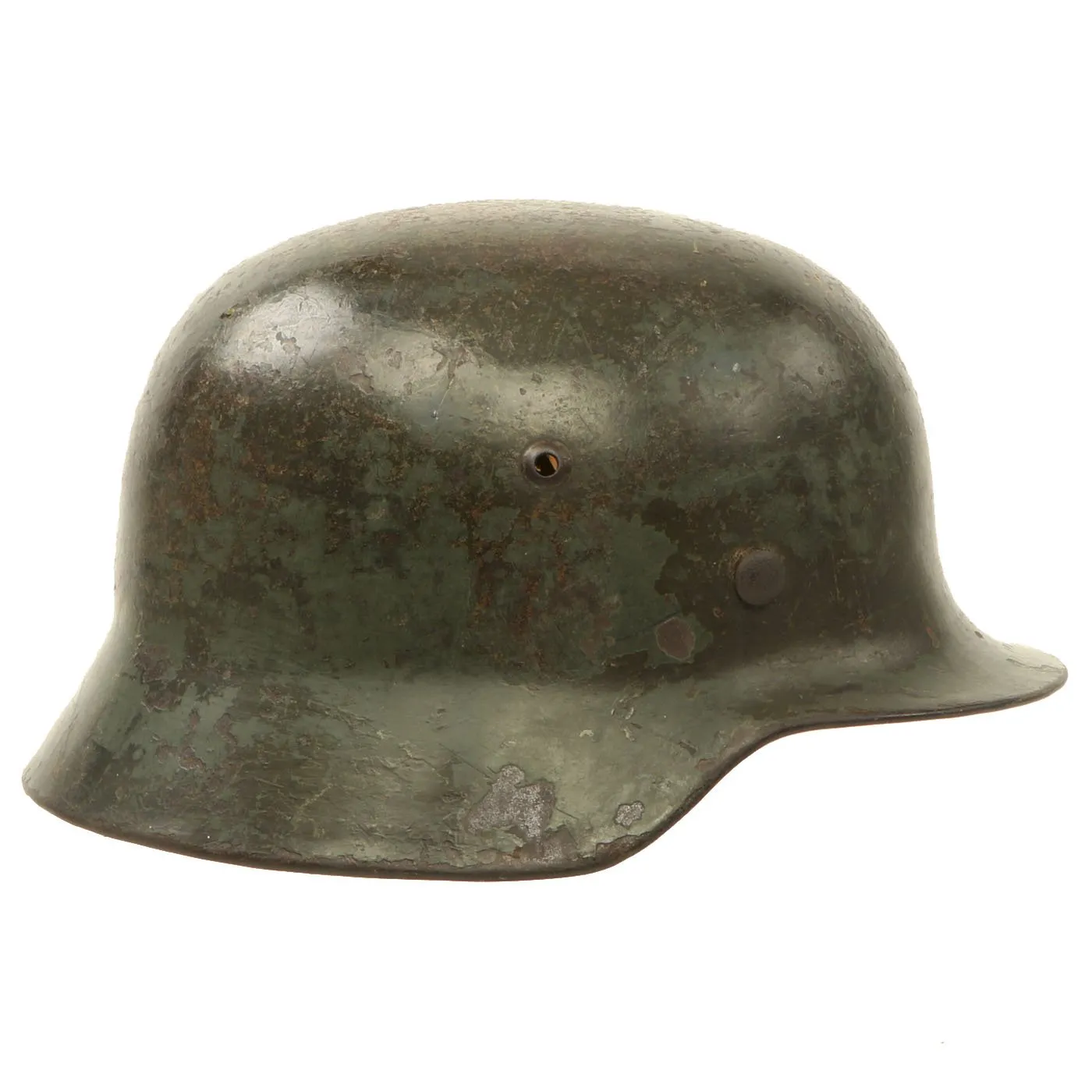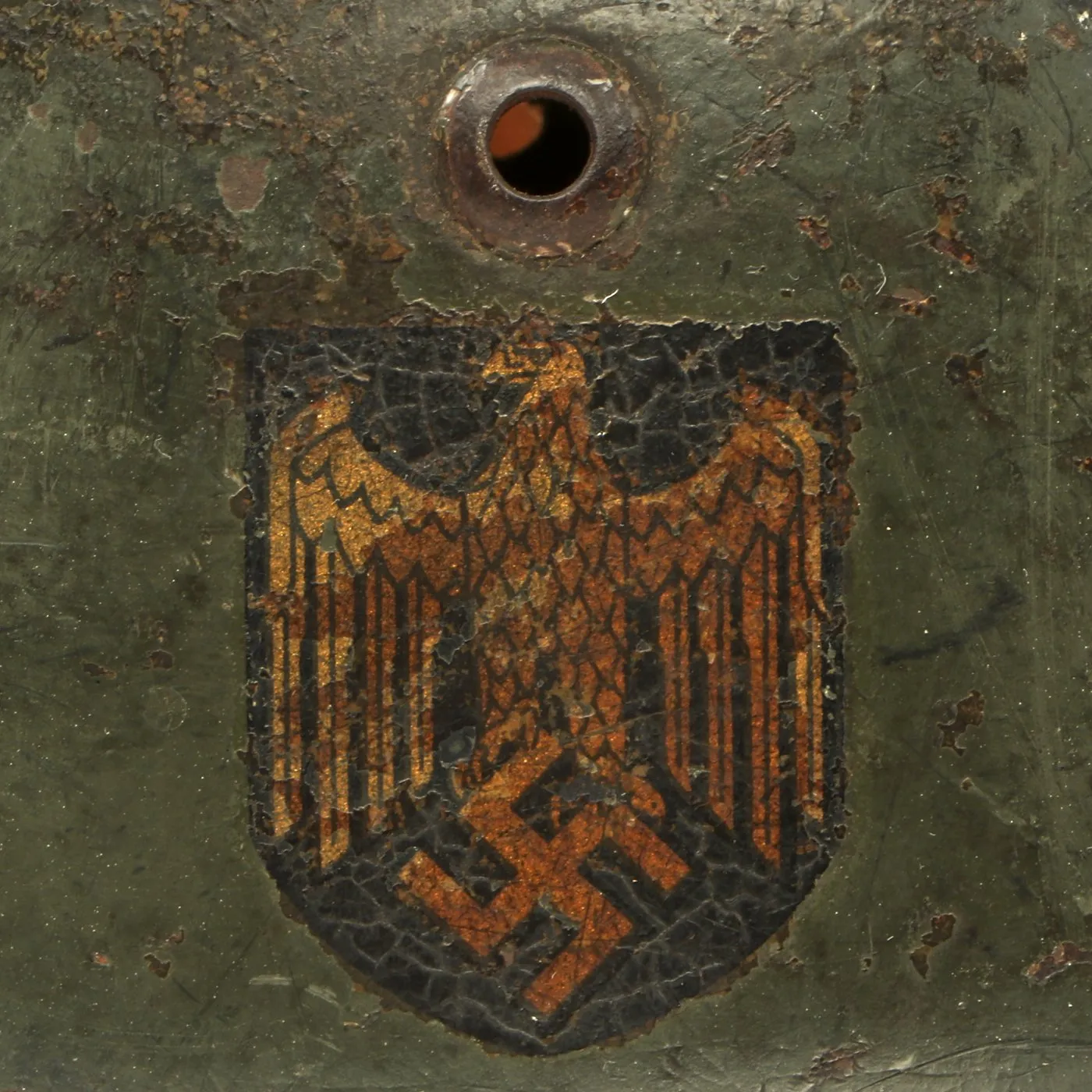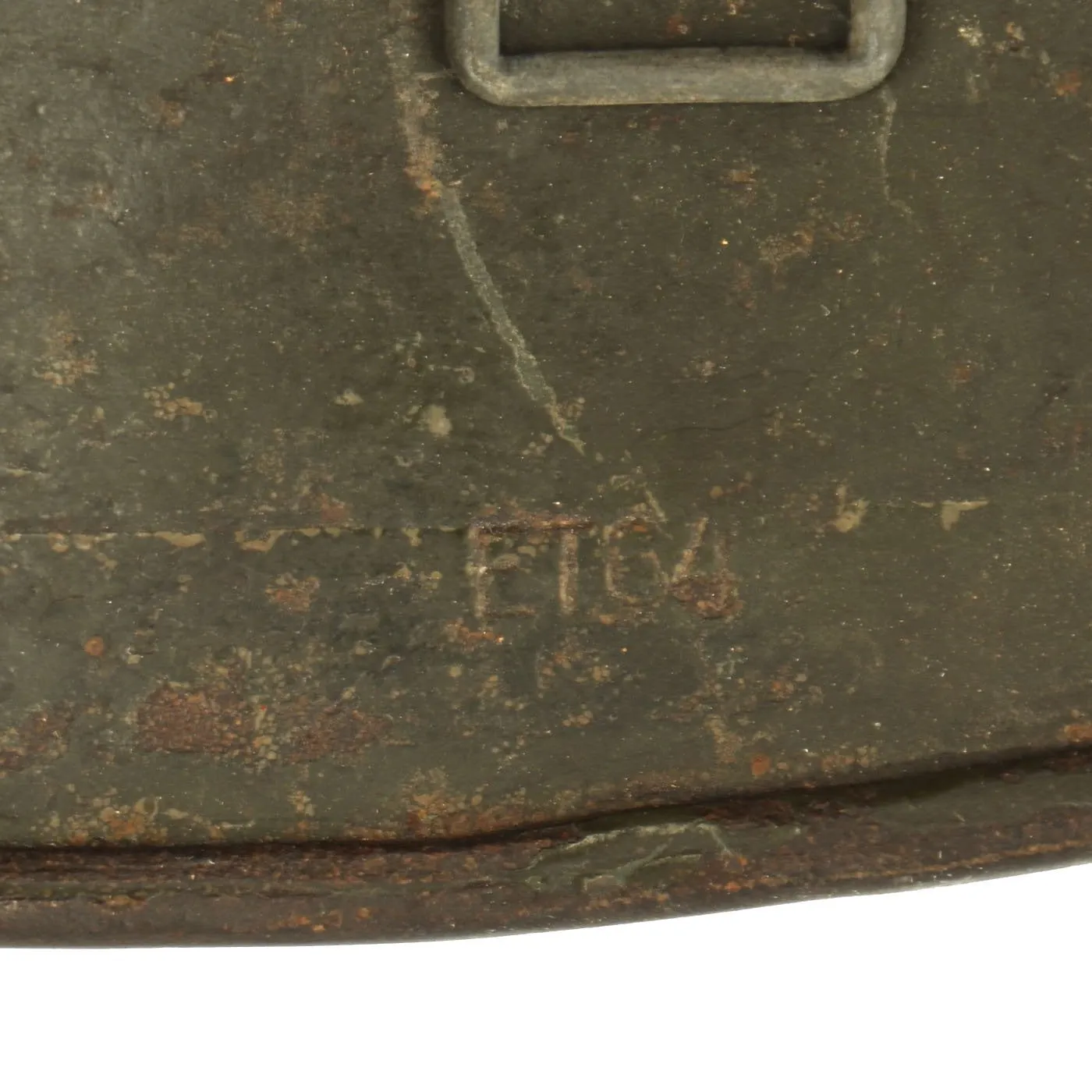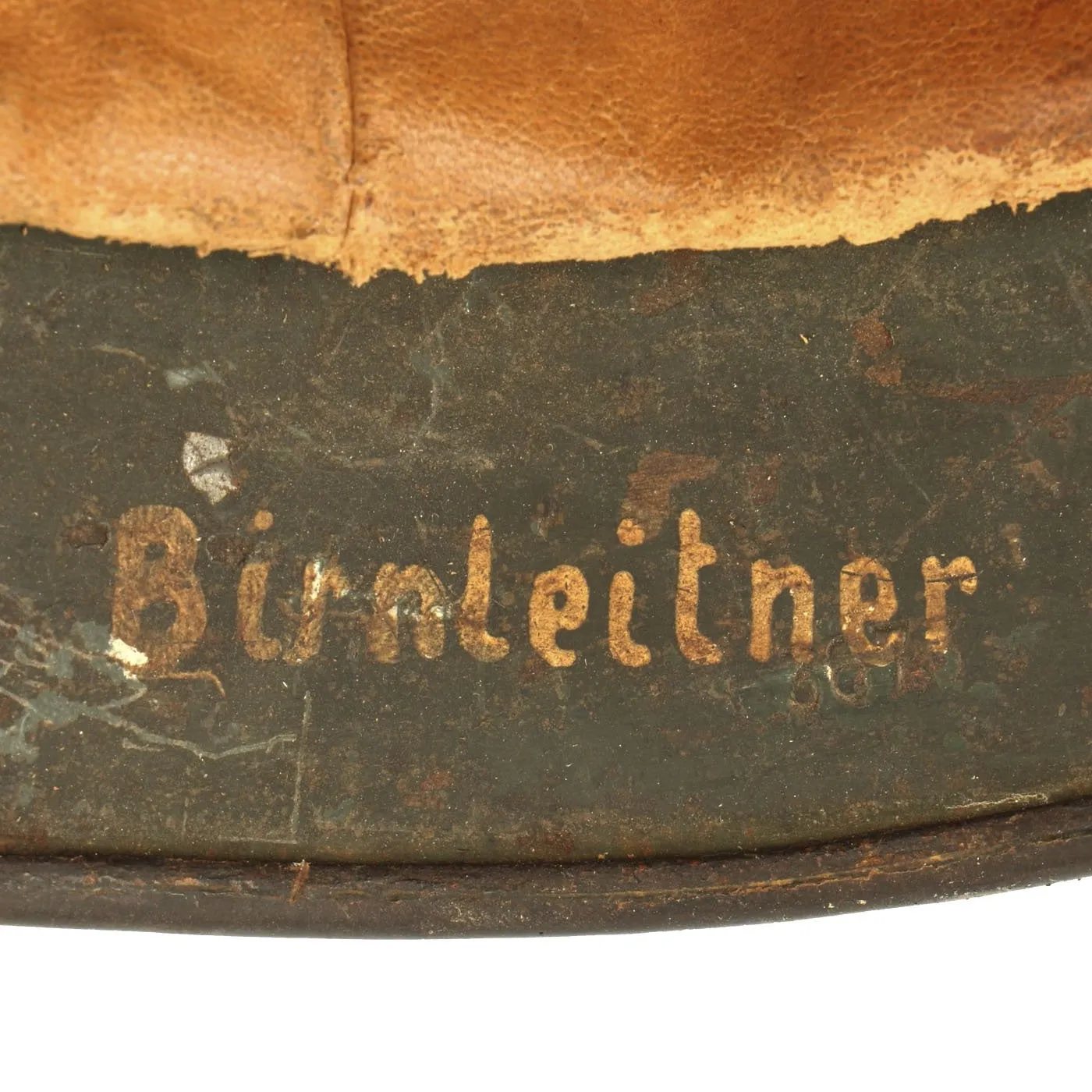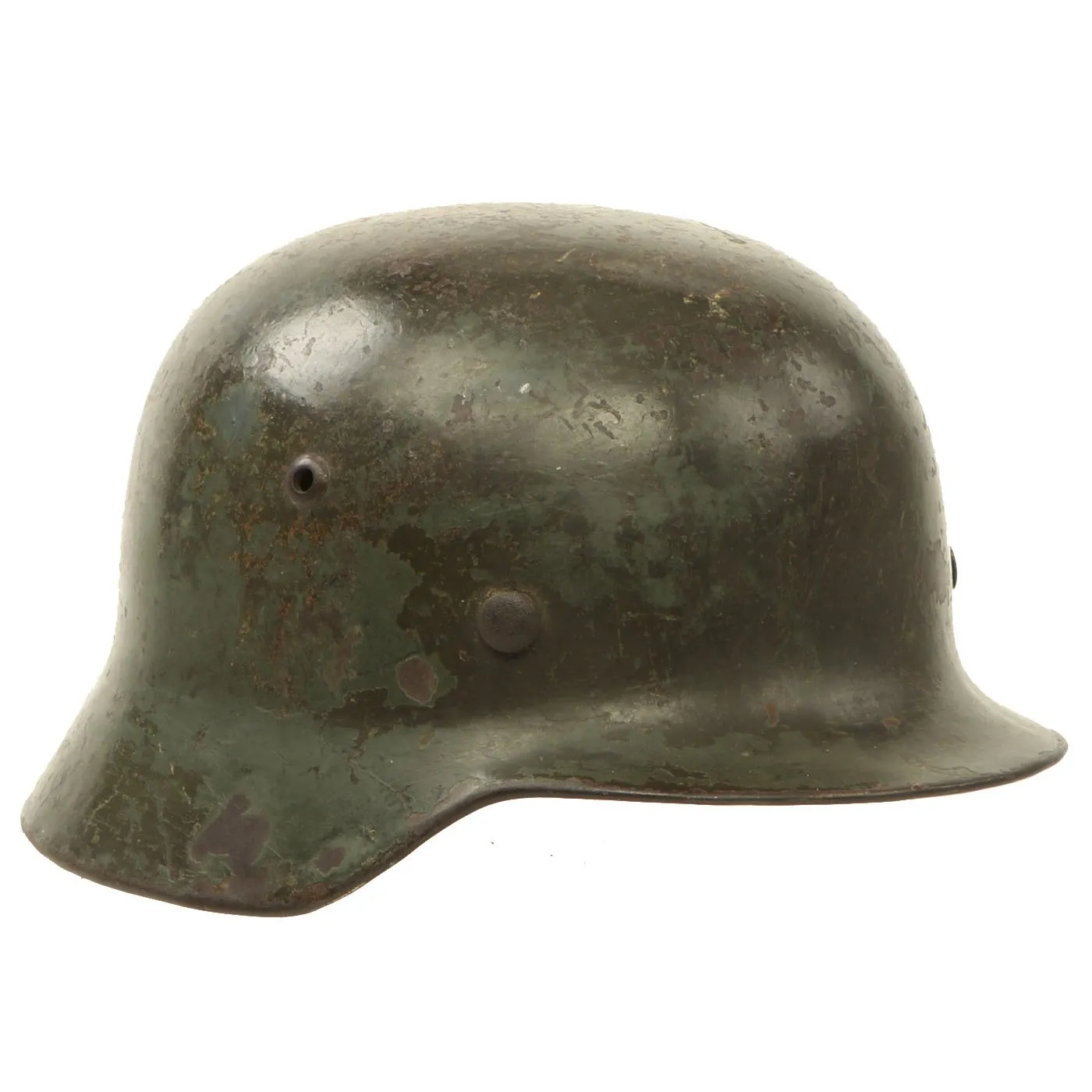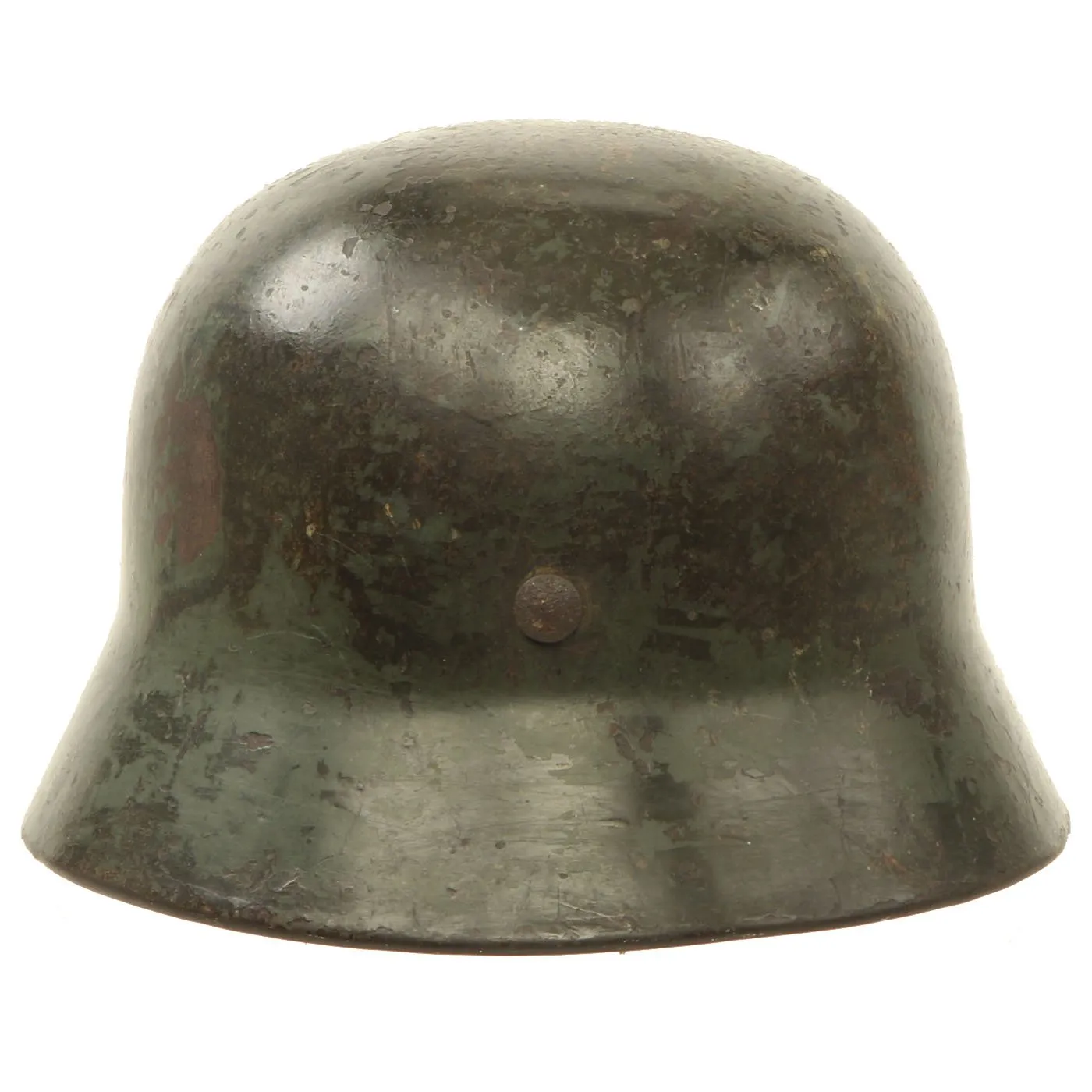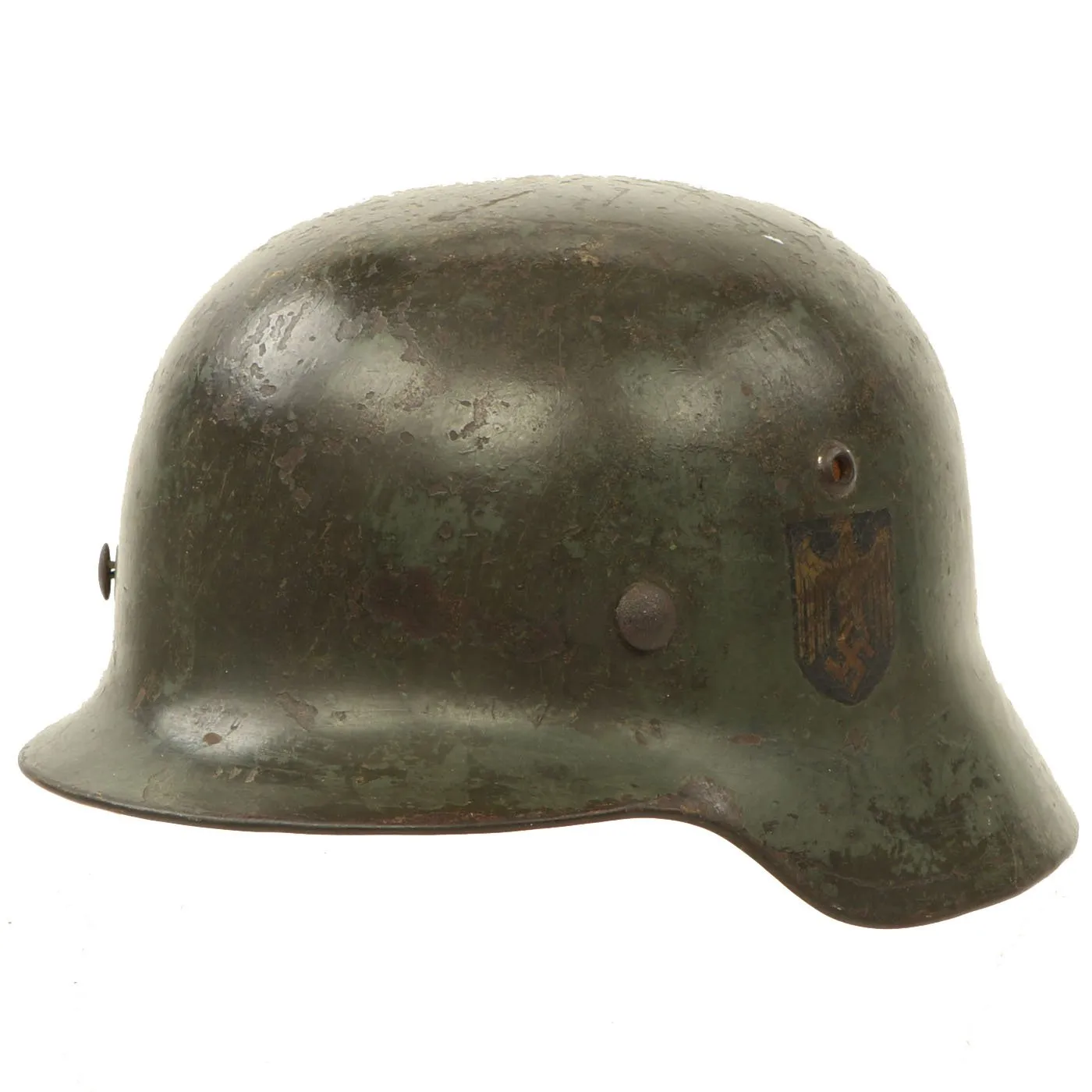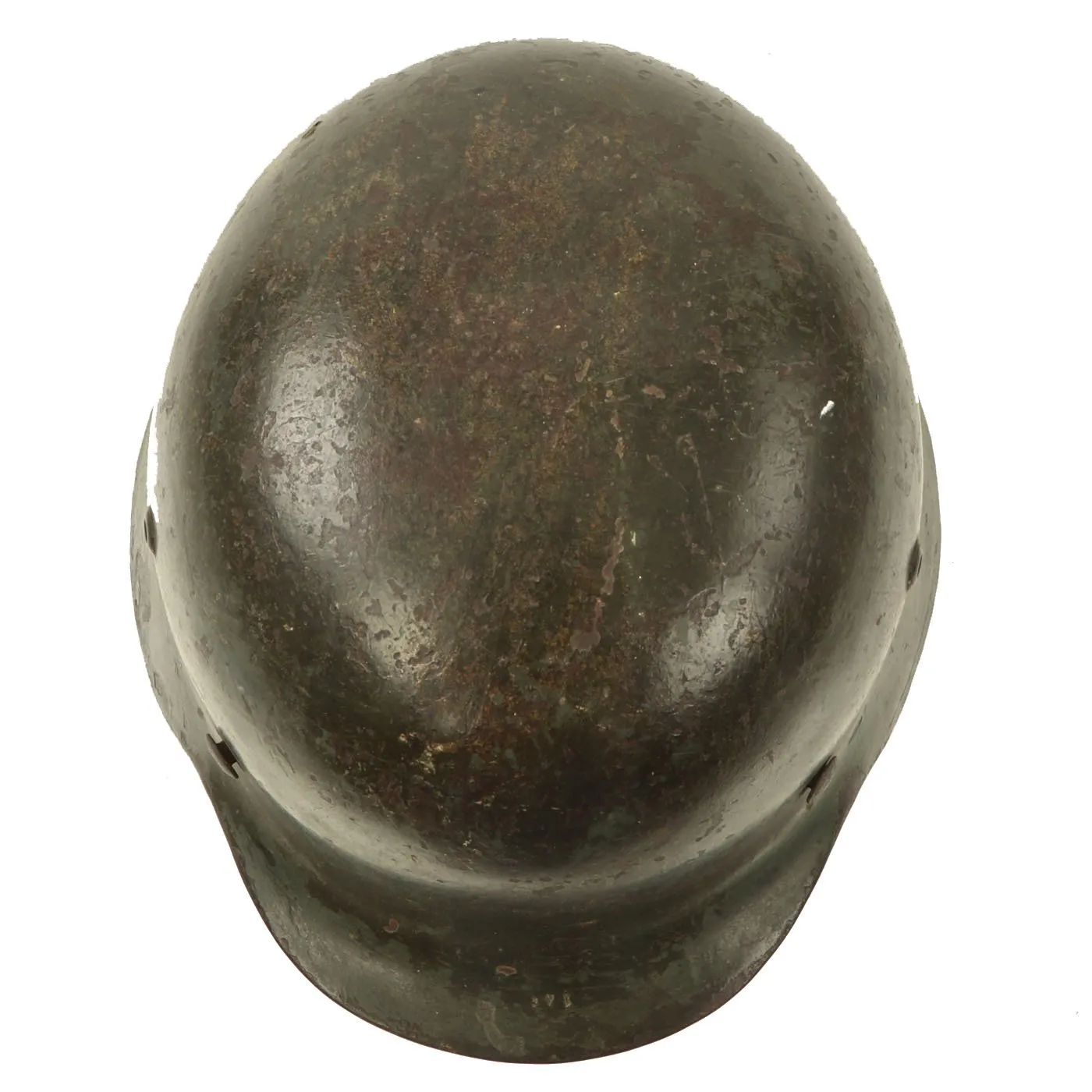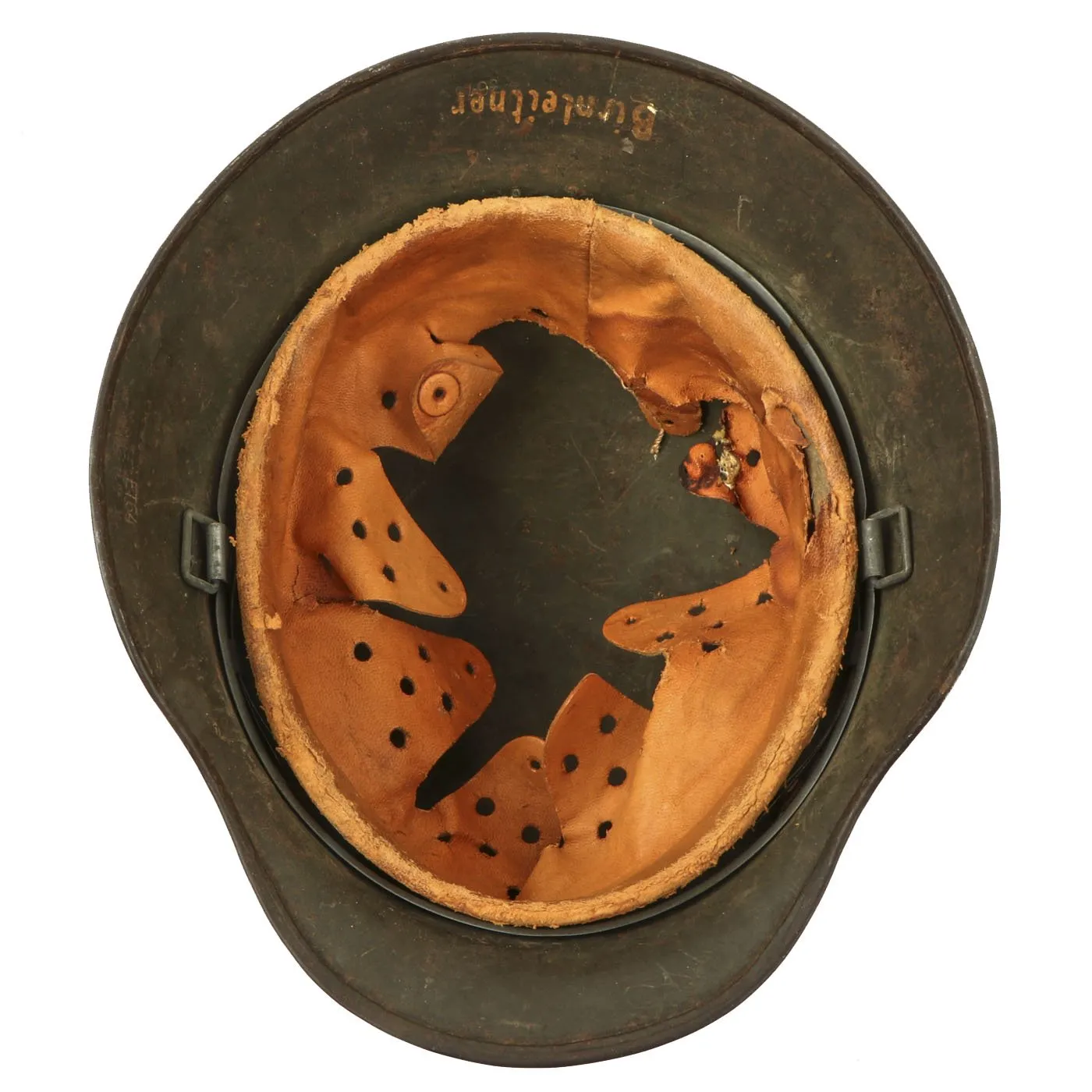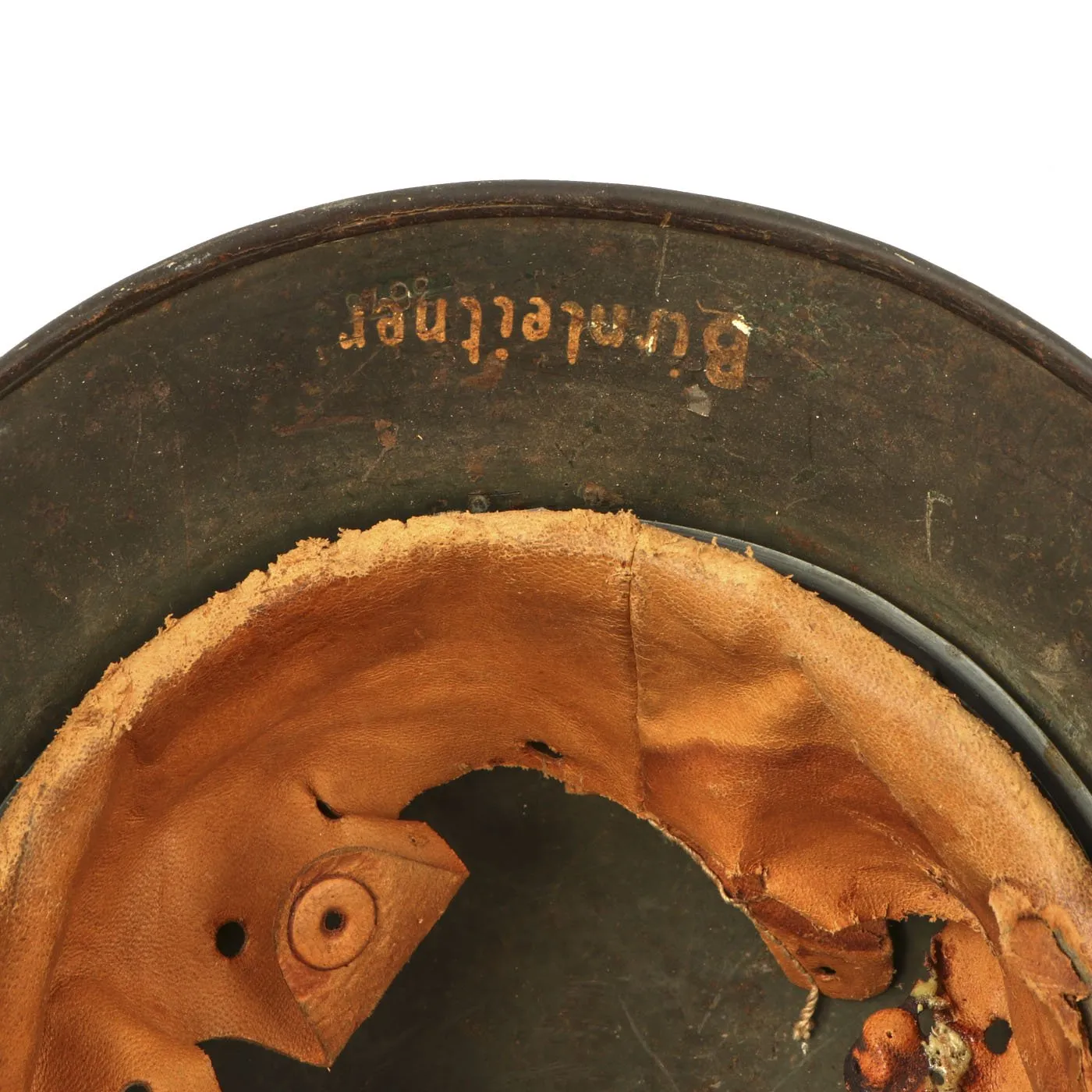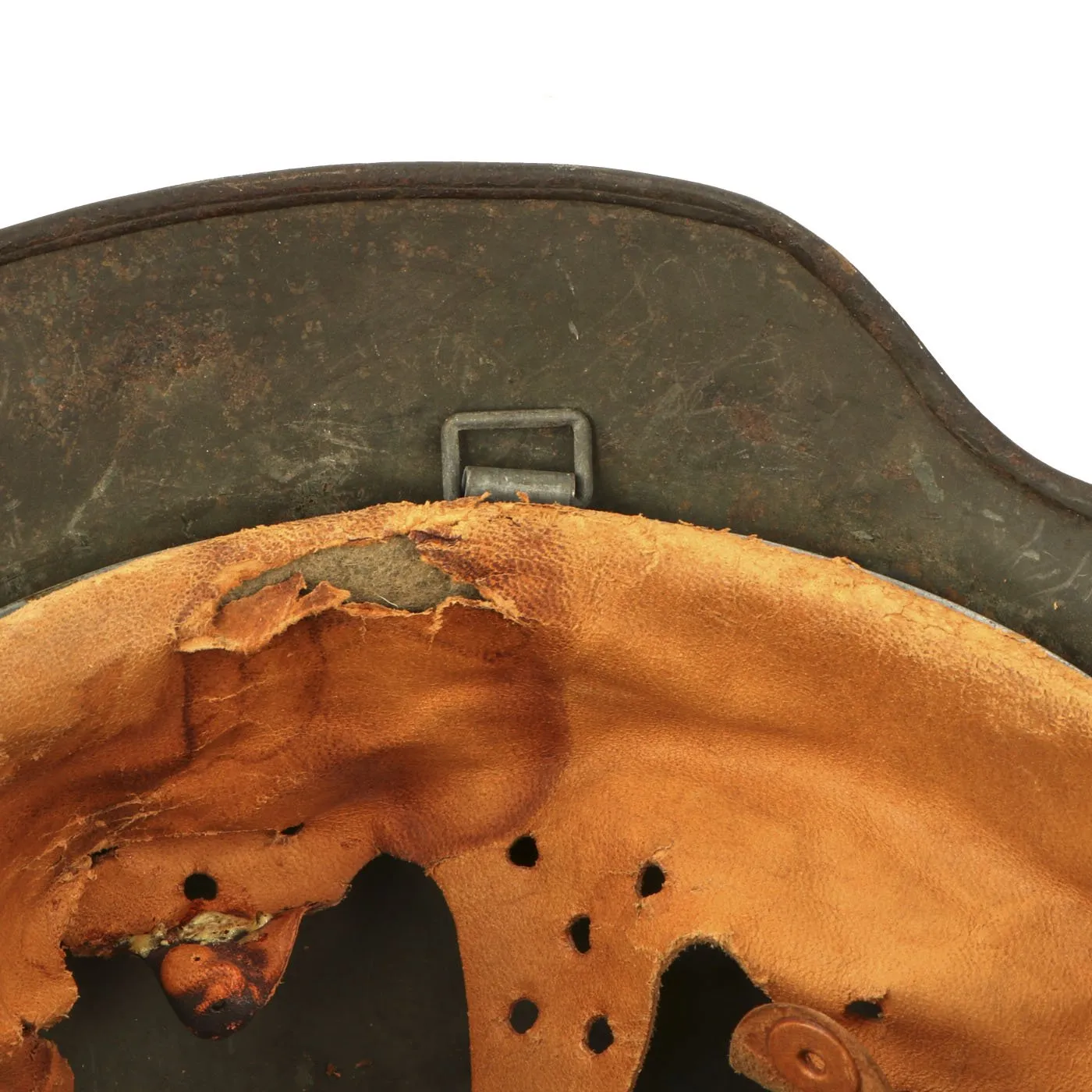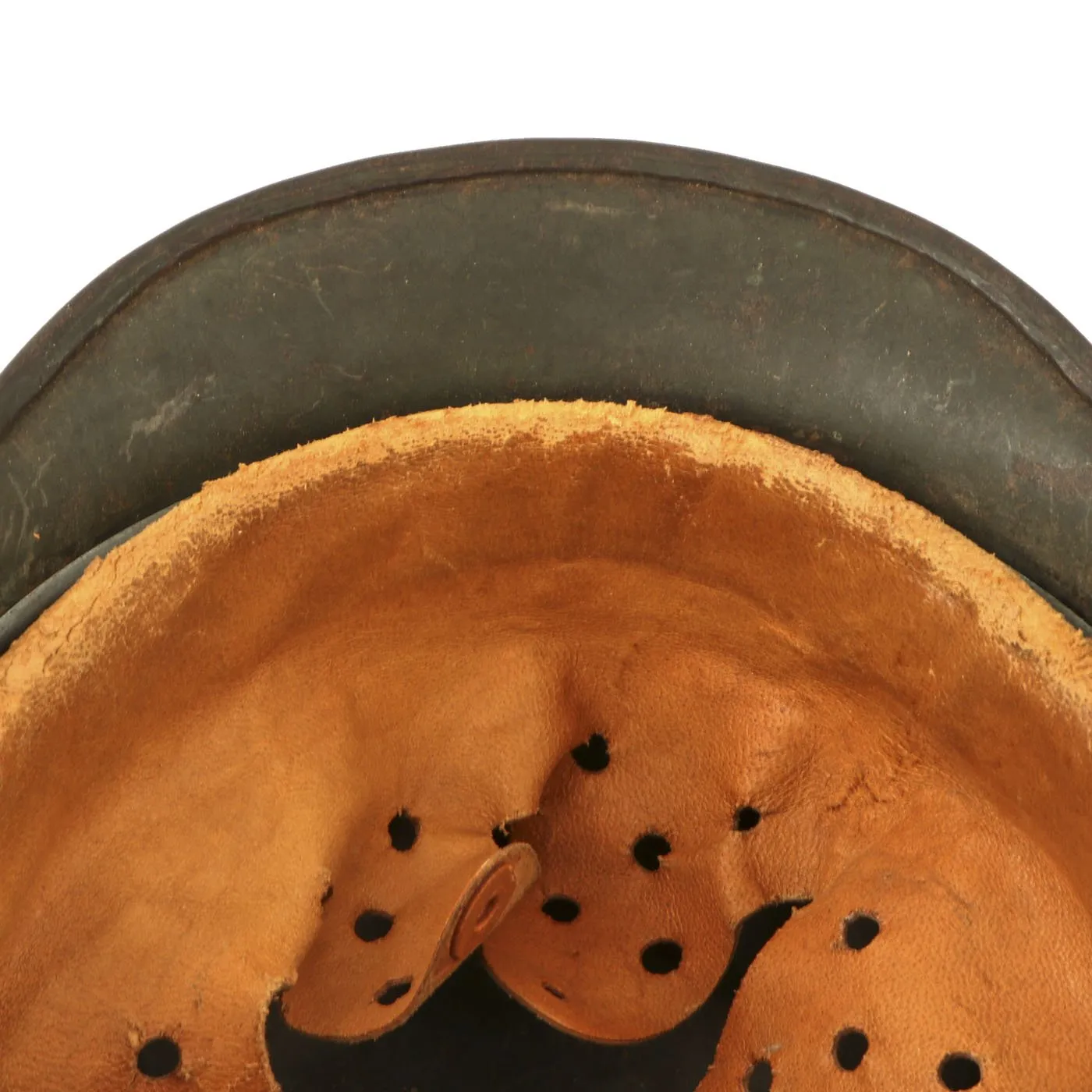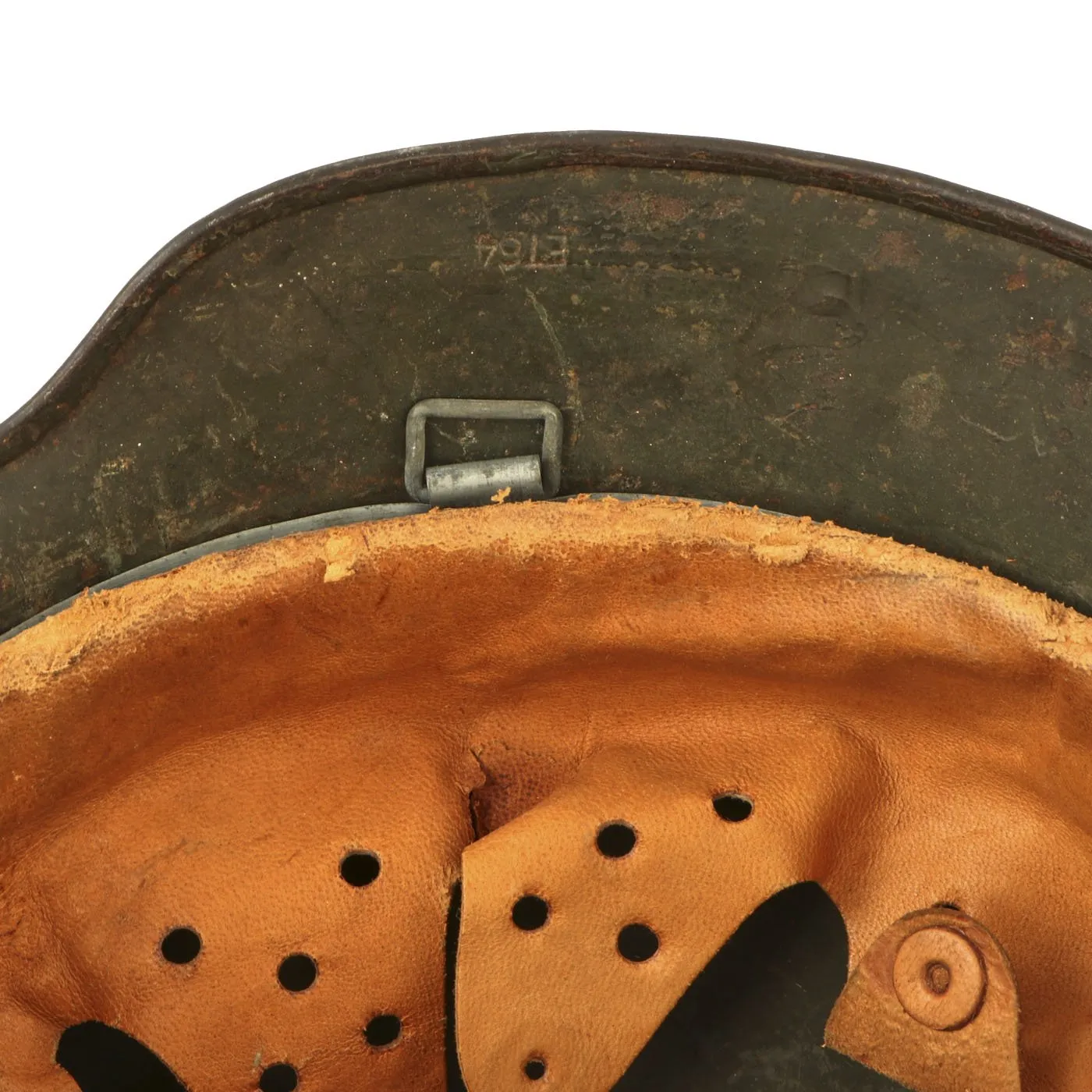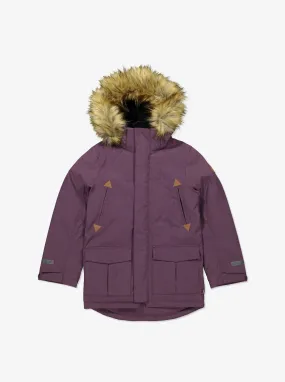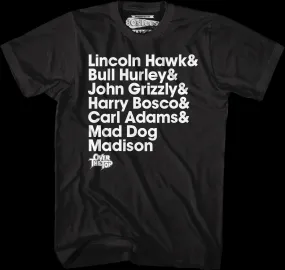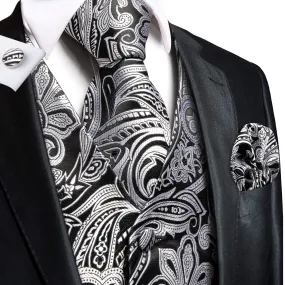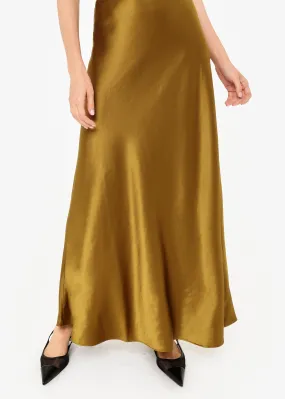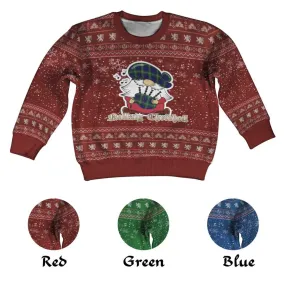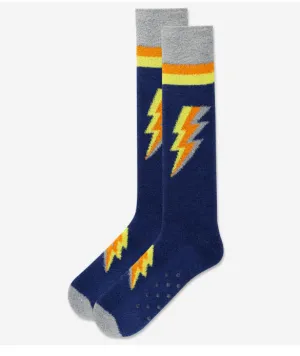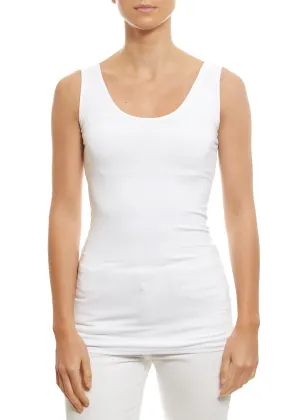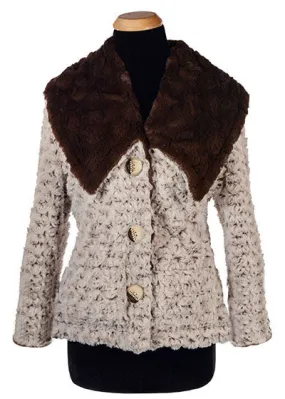Original Item: Only One Available. This is a very rare all original service worn example of a German WWII M35 helmet, as issued to the German Kriegsmarine (Navy). It is finished in the correct early war Apfel-grün (Apple Green) paint, and was then lacquered overall to protect the paint. Much of the lacquer has worn away, as has some of the undercoat, giving it a great service worn look. This is a helmet that has really "been there"!
The left side of the helmet features a lovely Kriegsmarine Gold National Eagle decal, which is retained almost completely, with overall degradation and some checking in the lacquer overcoat. We have examined it multiple times, and it definitely is gold, not a yellowed Heer decal. Also, the right side of the helmet clearly shows that it had a "National Colors" decal, which was removed, so this was originally a "double decal" helmet, correct for early war issue. The use of the second decal was discontinued in 1940, and in 1943 it was ordered that helmets with the national colors have them removed, which is why this helmet no longer has one.
The reverse, interior, neck guard apron is batch number stamped, 3673 and the interior, left side, apron has a stamped manufacturer's code and size, ET64 indicating that indicating it was manufactured by Eisenhüttenwerk AG, Thale Harz, Germany in size 64. Size 64 is a nice medium size that can accommodate liners from 56cm to 57cm or US 7 to 7 1/8. Size 64 shells are harder to find and are therefore more valuable to a collector. Additionally, the rear skirt of the helmet is named to Birnleitner in what was originally white paint. The patina, color, and close examination with a magnifying glass indicates that this is definitely an original period marking.
All three liner retaining pins are intact, however they have lost almost all of their original paint due to wear. The interior of the helmet still has the original M31 leather liner with all eight of its fingers intact, with one stamped with size 56. The leather is worn, as to be expected, but is still supple, though there is damage to the right side of the leather, most likely from storage.
The galvanized steel liner band is marked 64 n.A / 57, indicating a size 57 liner for a 64 shell. It is also maker marked and dated on the other side:
B. & C.
BERLIN
1941
Biedermann & Czarnikow were a manufacturer of German helmets, who would later their operation to Łódź in occupied Poland to take advantage of the slave labor in the ghetto located there. NSDAP authorities renamed Łódź to Litzmannstadt in honor of the German General Karl Litzmann who had captured the city in the previous World War. Most likely this liner was an arsenal replacement. The chin strap is unfortunately completely missing.
Overall a very rare 100% genuine M35 Single Decal Kriegsmarine Navy helmet, with a great service worn look! M35 helmets of this quality are always the hard to find on the market, and ANY Kriegsmarine helmet is already rare! This is an item that will only continue to appreciate in value over time.
The first "modern" steel helmets were introduced by the French army in early 1915 and were shortly followed by the British army later that year. With plans on the drawing board, experimental helmets in the field, ("Gaede" helmet), and some captured French and British helmets the German army began tests for their own steel helmet at the Kummersdorf Proving Grounds in November, and in the field in December 1915. An acceptable pattern was developed and approved and production began at Eisen-und Hüttenwerke, AG Thale/Harz, (Iron and Foundry Works), in the spring of 1916.
These first modern M16 helmets evolved into the M18 helmets by the end of WWI. The M16 and M18 helmets remained in usage through-out the Weimar Reichswehr, (National Defence Force, Circa 1919-1933), era and on into the early years of the Third Reich until the development of the smaller, lighter M35 style helmet in June 1935.
In 1934 tests began on an improved Stahlhelm, whose design was a development of World War I models. The Eisenhüttenwerke company of Thale carried out prototype design and testing, with Dr. Friedrich Schwerd once again taking a hand.
The new helmet was pressed from sheets of molybdenum steel in several stages. The size of the flared visor and skirt was reduced, and the large projecting lugs for the obsolete armor shield were eliminated. The ventilator holes were retained, but were set in smaller hollow rivets mounted to the helmet's shell. The edges of the shell were rolled over, creating a smooth edge along the helmet. Finally, a completely new leather suspension, or liner, was incorporated that greatly improved the helmet's safety, adjustability, and comfort for each wearer. These improvements made the new M1935 helmet lighter, more compact, and more comfortable to wear than the previous designs.
The Army's Supreme Command officially accepted the new helmet on June 25, 1935 and it was intended to replace all other helmets in service. Helmets were originally issued with a branch of service decal on the left, with a National Tri-Color on the right. Regulations of June 12TH 1940 discontinued the use of the national tri-color decal and further regulations of August 28TH 1943 abolished the national eagle decal and dictated that it was also to be removed from all helmets although the directives were not completely adhered to.
More than 1 million M1935 helmets were manufactured in the first two years after its introduction, and millions more were produced until 1940 when the basic design and production methods were changed, replacing the multi-piece riveted vent with one stamped directly into the steel. Later, in 1942 the rolled steel rim was removed from the pattern to further expedite production.





